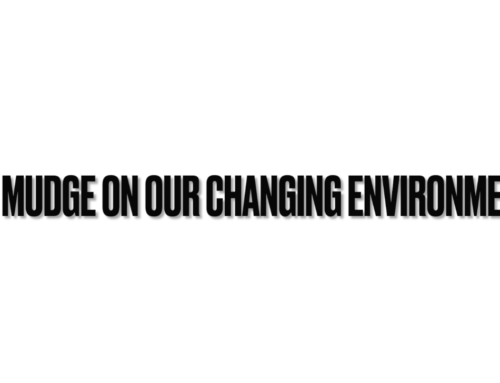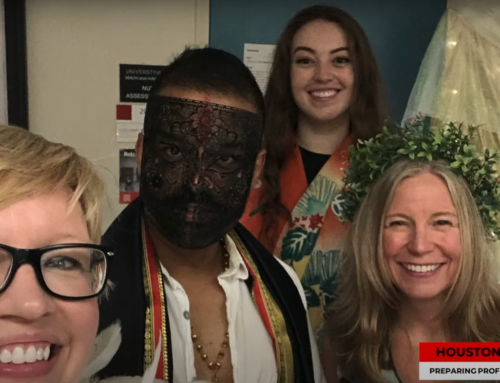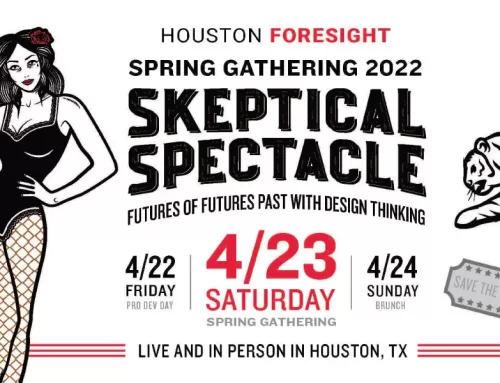 As part of my doctoral research on “Integrating Foresight into Organizations,” at Leeds Metropolitan U, I’ve had to think about the different types of futurists in thinking through what “success” is for foresight, as different types are likely to have different expectations for success. I propose types that vary along three dimensions, with most futurists likely falling somewhere in the middle of each continuum, that is, having a mix of the characteristics of each type.
As part of my doctoral research on “Integrating Foresight into Organizations,” at Leeds Metropolitan U, I’ve had to think about the different types of futurists in thinking through what “success” is for foresight, as different types are likely to have different expectations for success. I propose types that vary along three dimensions, with most futurists likely falling somewhere in the middle of each continuum, that is, having a mix of the characteristics of each type.
Along the applied-normative dimension, the applied futurist focuses on helping the client to achieve their goals without explicitly applying their own point of view. In contrast, the normative futurist wants the client to adopt their view. Along the facilitator-expert dimension, facilitator types focus on processes for helping the client develop their own views. Expert futurists focus on providing their expert views for the client to adopt as they see fit. Along the insider-outsider dimension, insider futurists use their political and persuasive skills and intimate knowledge of the organization to help get foresight implemented. Outsider futurists focus on raising challenging questions for the organization, aka “disturbing the present;” and suggest staying out of organizational politics.
Each of the types is an extreme on a continuum and one can imagine a degree of blending or hybrids. For instance, I earlier developed the “inside-outer” role in an organizational futurist capacity at Kellogg’s and Dow Chemical (see “How Foresight Is Being Positioned“). From the success point-of-view, one can imagine that applied and normative futurists would have different view of success, as would insiders and outsiders—probably less so with facilitator and expert. The dissertation goes on to attempt to develop a framework robust enough to handle success for all. But that’s another matter. For now, see what type of futurists you are! Andy Hines





